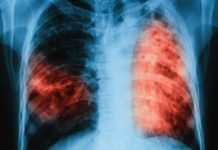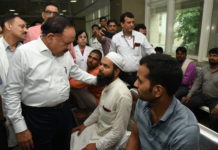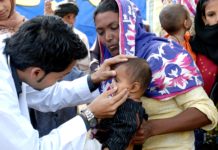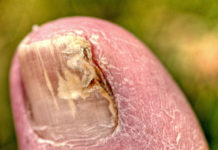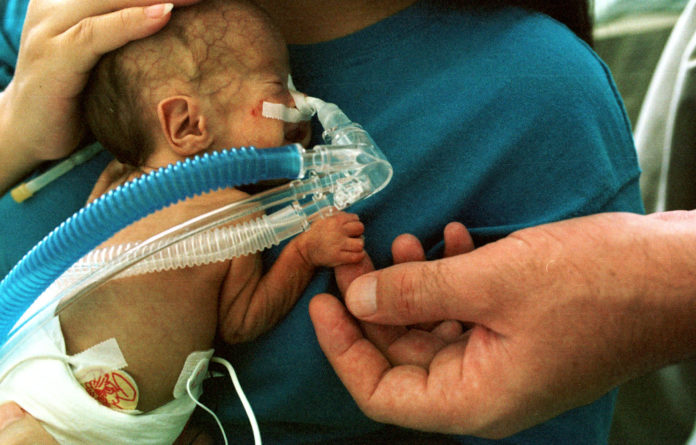
The scheme awaits cabinet nod but states have already flagged these issues in the two-day consultation
In their addresses at the End TB summit on Tuesday both prime minister Narendra Modi and health minister J P Nadda spoke at length on the National Health Protection Scheme that will provide Rs 5 lakh health cover plan for 10 crore families.
While most discussions about the scheme, ever since its announcement in the Union Budget have centered around questions such as “how much money”, “where will the money come from” and “how much will states have to shell out”, the real NHPS questions may be far more fundamental.
In insurance, “moral hazard” is the tendency of people who are insured to buy/be sold additional healthcare interventions. It results in expenses that do not add up to tangible health benefits
Does India’s health system have the maturity to handle a scheme of such huge proportions? Can a tertiery care scheme such as this succeed without bleeding the exchequer and perhaps, resulting in a scam? Those in fact are the questions that the health ministry and the Niti Ayog are jointly trying to answer as they finalise the contours of the world’s largest government funded health scheme. As the scheme awaits cabinet clearance, some of the issues that were flagged at a consultation with states.
“Moral Hazards”
In insurance, “moral hazard” is the tendency of people who are insured to buy/be sold additional healthcare interventions. It results in expenses that do not add up to tangible health benefits. The typical “moral hazard” procedures are ceasarean sections, hysterectomies and procedures for inserting orthopaedic implants.
One look at the latest National Family Health Survey data and it becomes clear how real the issue is. NFHS-4 shows a disproportionate preponderance of ceasarean sections in the private sector. Nationally 40.9 percent births in the private sector and 11.9% in the government sector happen by ceasarean section. According to WHO, the “ideal rate for Caesarean sections to be between 10-15 per cent”.

States which have a health cover programme have already been grappling with this issue. Kerala has now started the process of putting cardiovascular, cardiothoracic, neurosurgical procedures on a pre-authorisation list.
Under the Chief Minister’s Comprehensive Health Insurance Scheme, Tamil Nadu has a list of 138 procedures that are covered only if they are done in government hospitals.
Deciding Eligibility
Union health secretary Preeti Sudan recently wrote to states: “The number of poor and vulnerable beneficiary families eligible for the scheme is proposed to be based on deprivation and occupational criteria as per Socio Economic and Caste Census(SECC) data. The scheme will be open to all States/UTs. The proposed target population is (a) families that belong to any of the 7 deprivation criteria (b) automatically included families as per SECC database for rural areas and (c) defined occupational criteria for urban areas.”
However during the state level consultation some states pointed out that merely limiting entitlement to SECC would actually amount to reducing the number of people covered. Maharashtra for example which currently provides a Rs 2 lakh annual health cover to about 1 crore people. If SECC is the sole eligibility criteria that figure would be down to 60 lakh.
Tamil Nadu health secretary Dr J Radhakrishnan has suggested that the National Food Security Act entitlement list be used to determine NHPS eligibility. The NFSA beneficiary list comprises 75% Rural and 50% Urban population. In November 2016, food minister Ram Vilas Paswan told a press conference that 81.34 crore people are getting wheat at Rs 2 per Kg and rice at Rs 3 per Kg. Which means accepting that suggestion would mean a far larger financial commitment.
Packages
During initial meetings insurance companies have insisted on a per family annual premium of Rs 2500 instead of the Rs 1082 calculated by Niti Ayog. That is why the list of procedures to cover would be the key to NHPS. If the government agrees to the Rs 2,500 premium, the cost will more than double from the present estimate of Rs 10,000-12,000 crore.
In Tamil Nadu for example, the list of 686 procedures covered under CMCHIS. For NHPS, directorate general of health services (DGHS) has been asked to draw up a list of procedures/diseases that will be covered. Packages are important also because the coverage amount is finite and there is no ceiling proposed in the family size.


